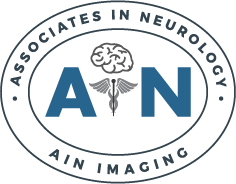
Caring for a child with cerebral palsy can feel overwhelming, but remember, you are not alone. Many parents face similar challenges and work every day to ensure their child thrives.
Cerebral palsy involves a group of disorders that affect a child’s motor skills, muscle tone, balance, and coordination. Understanding cerebral palsy treatment options, accessing local resources, and implementing effective strategies can build a strong foundation of support for your child and family.
Let us explore treatment approaches to manage cerebral palsy, community resources, and how parents can advocate for their children.
What Causes Cerebral Palsy
Cerebral palsy is a condition caused by abnormal brain development or damage to parts of the brain responsible for controlling movement. This damage can occur before birth, during childbirth complications, or shortly after birth due to infections, oxygen deprivation, or head injuries.
Cerebral palsy is a non-progressive condition, meaning it does not worsen over time. However, its symptoms and effects may change or develop as the child grows.
Symptoms to Look for in Cerebral Palsy
Symptoms vary widely and depend on the type and severity of the condition. Some children may only experience minor movement difficulties, while others can have more complex issues. Here are some common symptoms of cerebral palsy to watch for:
- Poor coordination
- Difficulty walking
- Abnormal muscle tone (either stiff or floppy muscles)
- Delays in reaching movement milestones like crawling or sitting up
- Tremors or involuntary movements
- Difficulty swallowing or speaking
If you suspect your child may have cerebral palsy, consult a neurologist for an evaluation.
What Are the Benefits of Early Cerebral Palsy Treatment
Early cerebral palsy treatment is key to improving mobility, minimizing complications, and helping children develop essential life skills. Starting treatment at a young age allows children to take full advantage of their brain’s plasticity — its ability to adapt and form new connections.
Here are some benefits of early intervention:
- Improved muscle strength and coordination
- Enhanced speech and communication skills
- Better social and emotional development
- Reduced risk of complications like joint deformities or pain
Exploring Cerebral Palsy Treatment Options
Cerebral palsy treatment involves a range of therapies and techniques tailored to your child’s unique needs. Successful management often requires a team approach involving physicians, therapists, and caregivers.
Here are the most effective strategies available today.
1. Physical and Occupational Therapy
Physical therapy focuses on improving a child’s strength, balance, and mobility through activities and exercises. Occupational therapy aids in teaching daily activities, such as dressing, eating, or using assistive devices.
A skilled pediatric therapist can create a tailored program to help your child gain independence while improving overall physical function.
2. Speech Therapy
Many children with cerebral palsy experience difficulties with speech or swallowing. Speech therapists work on improving oral communication, helping children form sounds, or providing alternative communication tools if needed.
3. Assistive Devices and Technology
Technology has transformed cerebral palsy treatment by offering mobility aids like walkers, braces, and wheelchairs. Assistive technology tools, such as communication boards or specialized tablets, support children in expressing themselves and their needs.
4. Medications
Medications may help manage muscle tightness or spasticity in children with cerebral palsy. Drugs such as botulinum toxin (Botox) can target specific areas to reduce stiffness, improving comfort and mobility.
Consult a neurologist to discuss whether medications could benefit your child’s unique situation.
5. Surgery
Some children with severe spasticity or joint deformities may benefit from surgical procedures to lengthen muscles or release tight tendons.
Surgery is typically considered only if other cerebral palsy treatments have not worked.
The Importance of Building a Support System
Parenting a child with cerebral palsy can be emotionally and physically demanding, making a strong support system essential. Here are some ways to build that support network.
Join Support Groups
Connecting with other parents who have children with cerebral palsy can provide valuable insights, advice, and emotional support. Local and online support groups are excellent resources for sharing experiences and finding comfort among others who understand your challenges.
Work With Specialists
Collaborating with specialists such as neurologists, physical therapists, and speech therapists can ensure your child receives comprehensive care.
If you are searching for a neurologist, consider visiting a reputable clinic like Associates in Neurology in Farmington Hills, MI, which offers a range of advanced treatments and therapies.
Advocate for Your Child
Advocacy is a critical aspect of parenting a child with cerebral palsy. Whether it involves working with schools to develop an Individualized Education Program (IEP) or ensuring access to appropriate medical care, becoming an advocate can make a significant difference in your child’s life.
Cerebral Palsy Treatment in Farmington Hills, MI
Finding the best care for your child starts with the right team of specialists. At Associates in Neurology, we understand cerebral palsy’s impact on families and offer a patient-centered approach to improving your child’s quality of life.
Our board-certified neurologists and therapists are ready to help. Whether you are exploring cerebral palsy treatment options or searching for a neurologist, we provide expert care and resources to guide your family every step of the way.
Contact us today at (248) 478-5512 or fill out our appointment request form to schedule a consultation and learn how we can help. We look forward to serving you!


